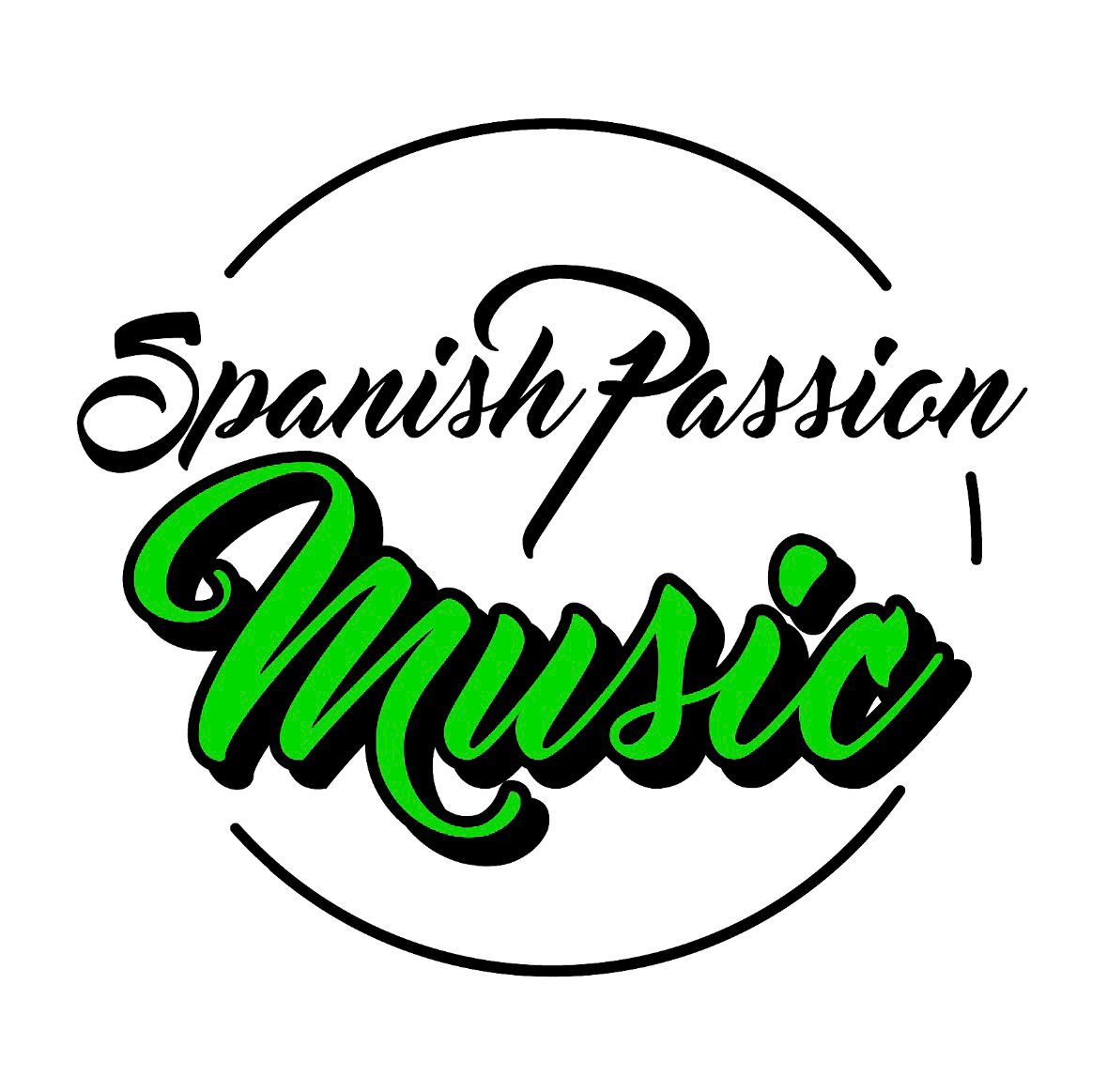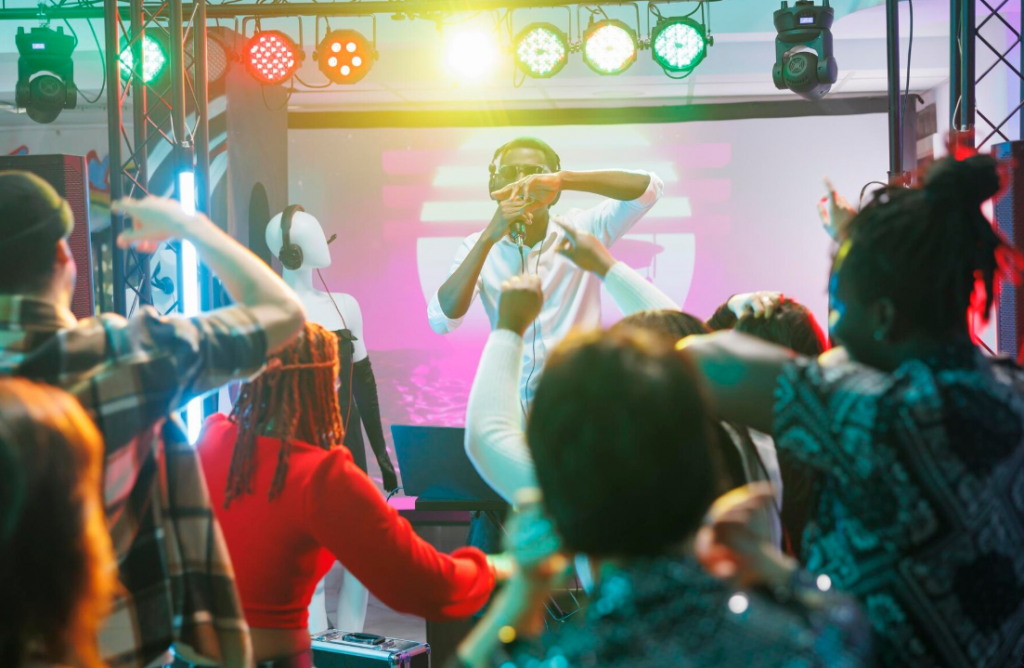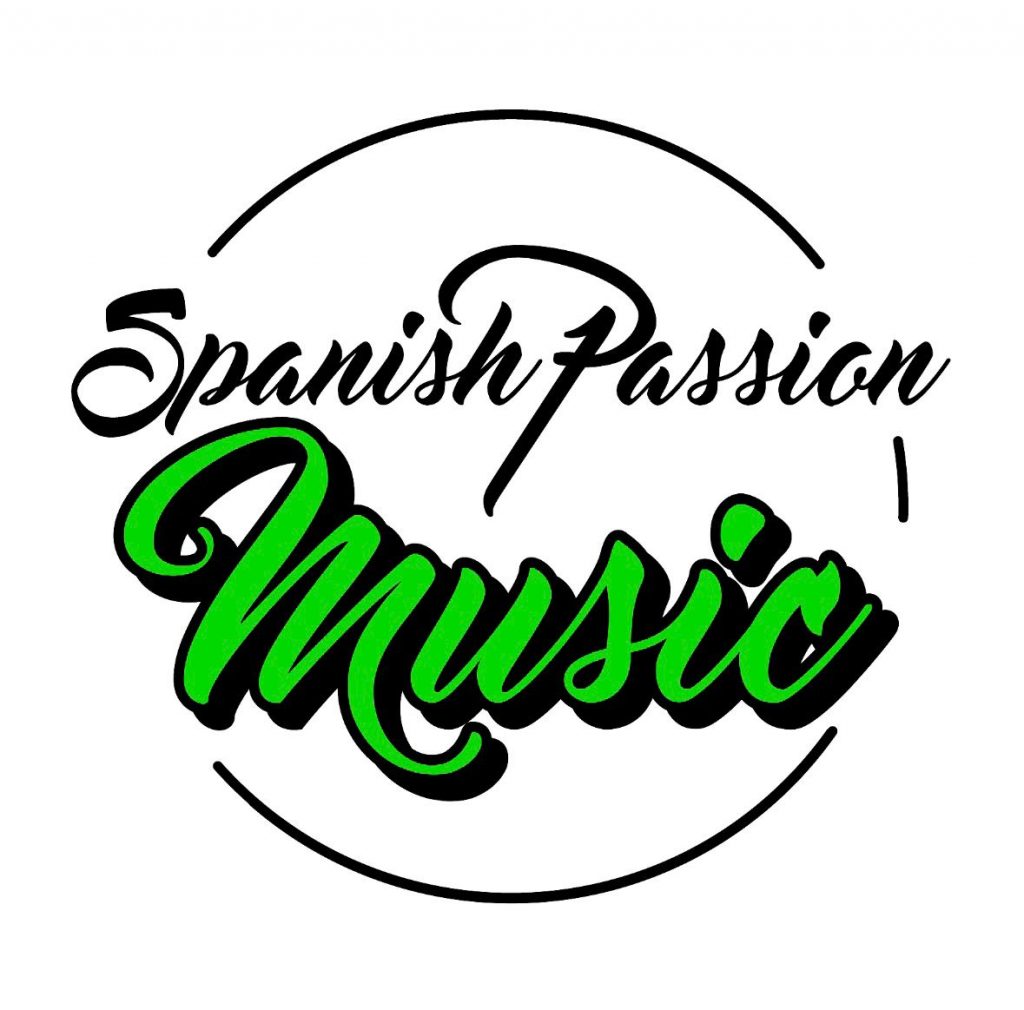Not all the gigs are going to be at festivals or sold out. And that's OK. A small gig - a room with 30 people, an acoustic in a shop, a local showcase - can be a brutal building tool if you know how to play it right.
Here are ideas and strategies for even a modest show will add to your career. and not just another photo.
1. Document from the beginning
Content does not start on the stage. It starts:
- When you announce the concert
- When you rehearse
- When you do sound tests
- When choosing your look or preparing your set
Show that process in stories, reels or TikToks. People connect with the preview as much as with the show.
2. Connect with each person as if they were a hundred
If there are only 20 people, make them leave feeling special. Talk to them. Introduce them to the issues. Thank them.
The real connection is worth more than the numbers. And those 20 people can bring you another 40.
3. Record useful material
Even if it is with the mobile phone:
- Record a song from the audience
- Take a side shot of you singing
- Capture an emotional fragment
You can then use it as a test for programming in other spaces, as a recap for networks or even as the basis for a mini-documentary of the project.
4. Prepare a short live storytelling
Think about what you want to say between songs. What story can you tell. What the concert represents for you.
Don't let the gig go by without a narrative: make each person feel that they experienced something.
5. Take the opportunity to test material
An intimate concert is the ideal place to try out a new song, a different intro, a different version. Observe reactions. Take notes.
The real feedback is not in the metrics: it's in the faces.
6. Create post-show content
- Publicly thanks
- Share photos or videos from the live event
- Upload a clip with subtitles if there was a powerful phrase.
- Shows something that was not seen (a conversation afterwards, an anecdote, a mistake that ended well).
This way you extend the life of the event and show that your project is alive.
Conclusion
Don't underestimate a gig just because of its size. If you work it right, can be your best letter of introduction. The important thing is not how many people are there, but what you do with that moment. Professionalise every show, big or small. Because every step adds up... if you make it visible.


